Mastt’s construction reporting software turns scattered project data into meaningful visibility that supports confident decisions. Track cost, schedule and risk in one platform with accurate, reliable reporting.

















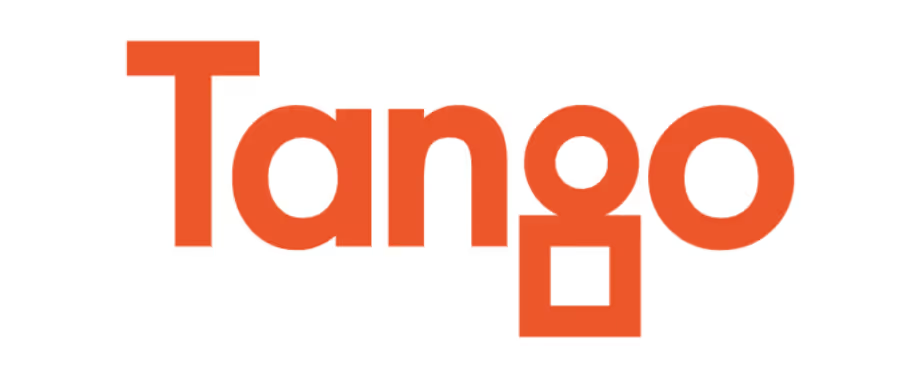
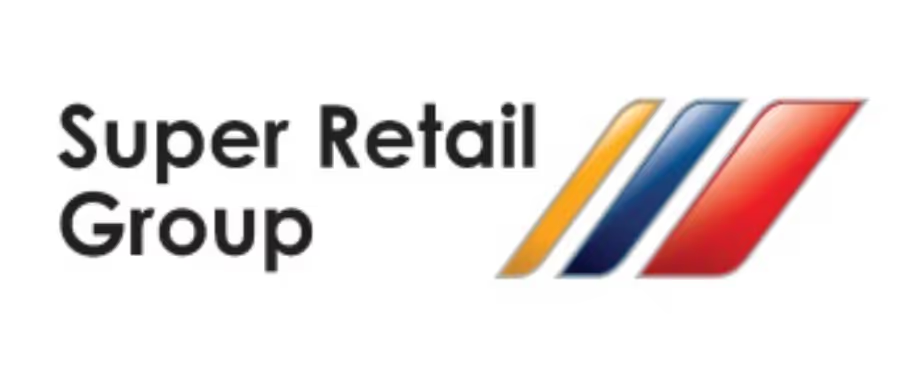


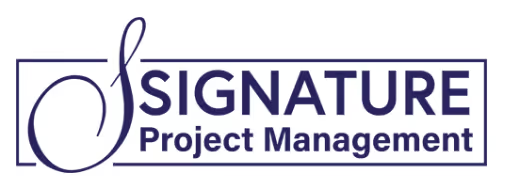
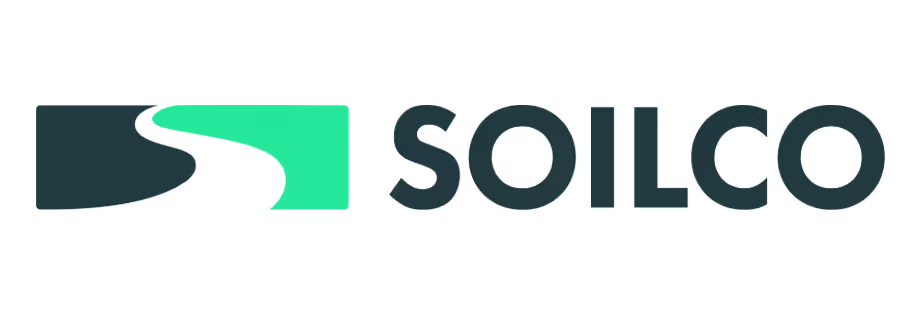

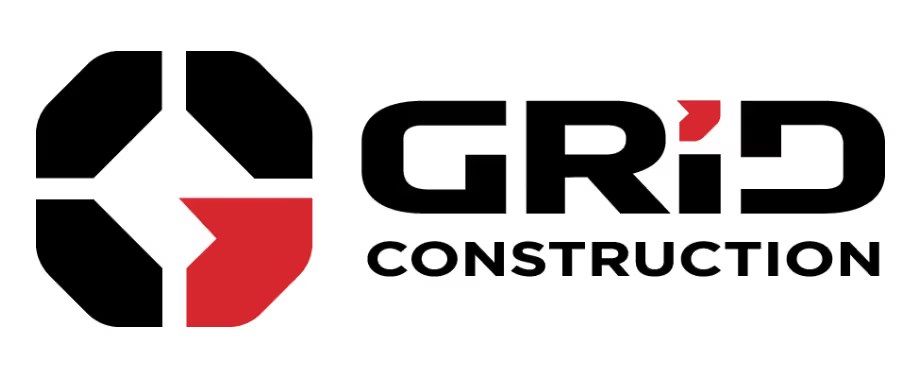


























Stop chasing project data scattered across emails, spreadsheets and disconnected tools. Construction reporting software brings every metric, milestone and decision point into one platform. You get visibility across cost, schedule and risk, so projects stay on track and stakeholders stay aligned.

Stop spending hours creating reports when artificial intelligence can do it instantly. Chat with our AI to generate dashboard reports and automate financial data entry.
From analyzing complex project data to streamlining repetitive cost management tasks, our AI becomes your most valuable team member.
Explore All AI Features



Every construction project is unique, and your project management dashboard should be too. Create multiple dashboard layouts tailored for different stakeholders - executives see high-level insights, project managers track critical metrics and clients receive a custom report.
Drag-and-drop widgets, custom KPIs, and create your own templates to build your competitive advantage one insight at a time.
Explore Dashboards
Managing multiple projects used to mean juggling multiple headaches. Now see project progress, budget health, and timeline status for your entire project portfolio in one glance. Build a management dashboard that updates in real-time as your teams log progress, expenses, and milestones.
Whether you're a project manager doing project tracking on a single build or owner coordinating complex project portfolios, you'll always know where you stand and what needs attention next.
Explore Use Case


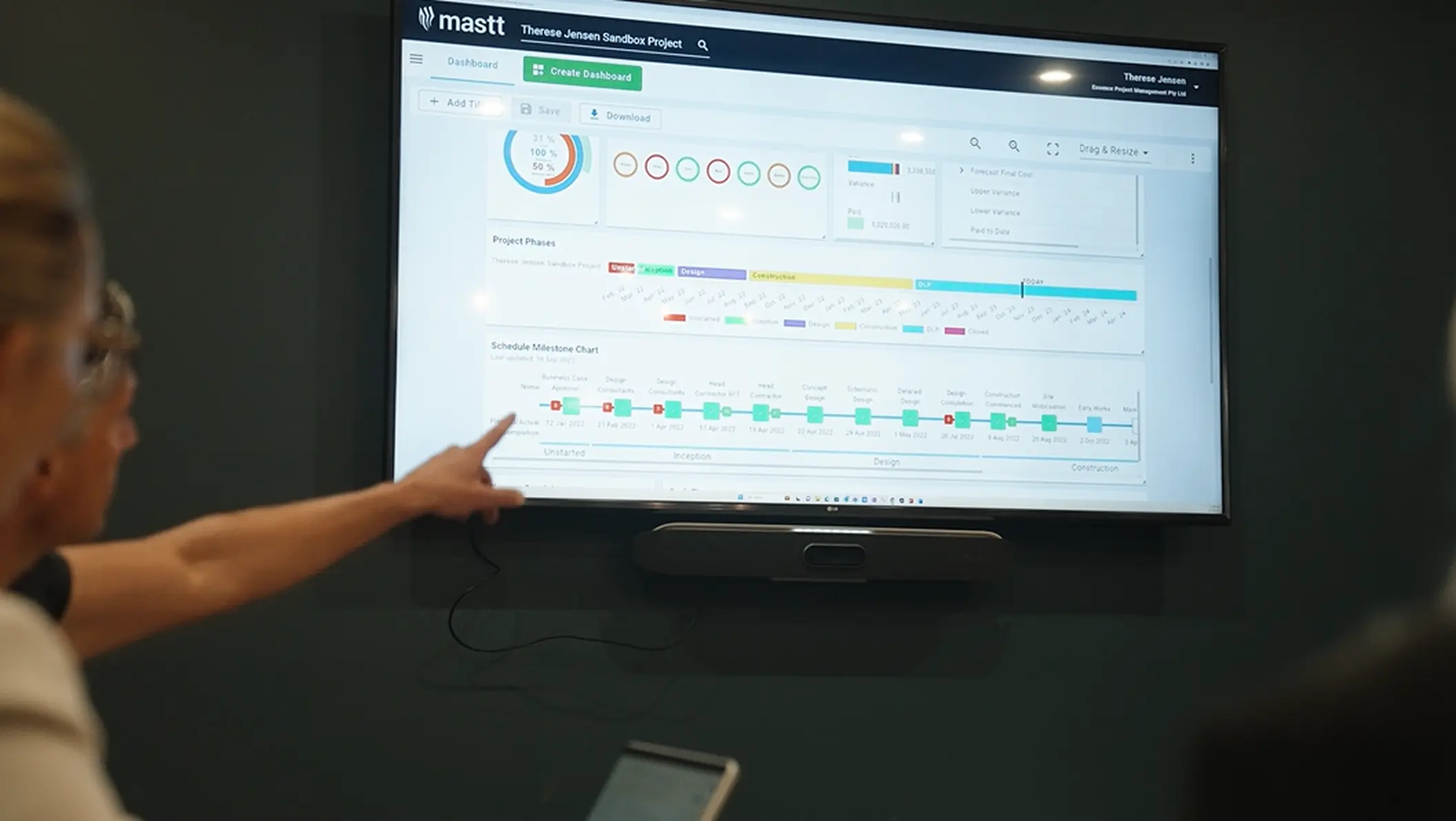
No one reads long, outdated monthly reports. With construction reporting software, you create clear dashboards that show budget vs actuals, timeline progress, risk status and key milestones.
Share project data that builds confidence, speeds approvals and keeps every stakeholder aligned. Turn reporting into a real advantage for every project.
See Pricing
See how construction project management professionals experience the rush of wielding true project power.
Read Case StudiesWhether you're overseeing a single build or managing complex project portfolios, our construction software adapts to your role and responsibilities. From project managers tracking daily progress to executives monitoring portfolio performance, start impressing today.
Mastt brings every project, program, and risk into one view so you can make bold decisions without hesitation.
Learn more
Our real estate development software transforms chaos into control.
Learn more
Mastt gives you the power, visibility, and control to stay on top, where you belong.
Learn more

"Mastt has standardized our approach, making sure all of our repoting meets the same standards.....being live is great, clients have always got live data, rather than old data"
Luke Somerville, Managing Director
See Case StudiesMastt’s construction reporting software brings every metric, milestone and data source into one platform. You track cost, schedule and risk with clarity while portfolios stay aligned and informed. Stakeholders see accurate information that speeds decisions and keeps project performance on track.

Keep track of projects with live, interactive reports 24/7. See rich, powerful visualizations.

Unify cost, risk, schedule, and reporting in a simple construction project controls system.

Easily invite team members and share project data in real time.

Automate repetitive tasks with Mastt’s AI data entry and template tools.


Mastt brings every project in your program into one clear, connected view.

Roll up cost, risk, schedule, and reporting from every project into one unified, real-time view.

Consistency across every project. Secure, centralised data, full audit trails, and real-time decision-making.

Mastt’s trusted AI eliminates the admin and manual standardisation that slow your team down.


Keep track of projects with live, interactive reports 24/7

Fast & automated reports from project status to project portfolio reports

Capital project charts, maps, visualizations and other components out of the box!

Snapshot & store entire projects or reports for record keeping & compliance


Digital ledgers and smart forms for financial precision

Track costs back to budgets and see unders/overs

Centralise all contracts & payments back to budgets

Report on cash flow actuals, forecasts, and baselines
.webp)

Manage the complete project lifecycle across your portfolio

Tracks your project through key milestones

Manag projects through clear phases, stages and gates

Measure performance of a portfolio of projects


Risk Management process made simple & configured to your likelihood & impact ratings

Streamline Risk Analysis on your 5x5 or 4x4 Risk Matrix and identify Treatments

Visualize Risks for fast, easy reporting and workshopping. Generate a Risk Register

Maintain Risk Registers at a Project or Program / Portfolio level
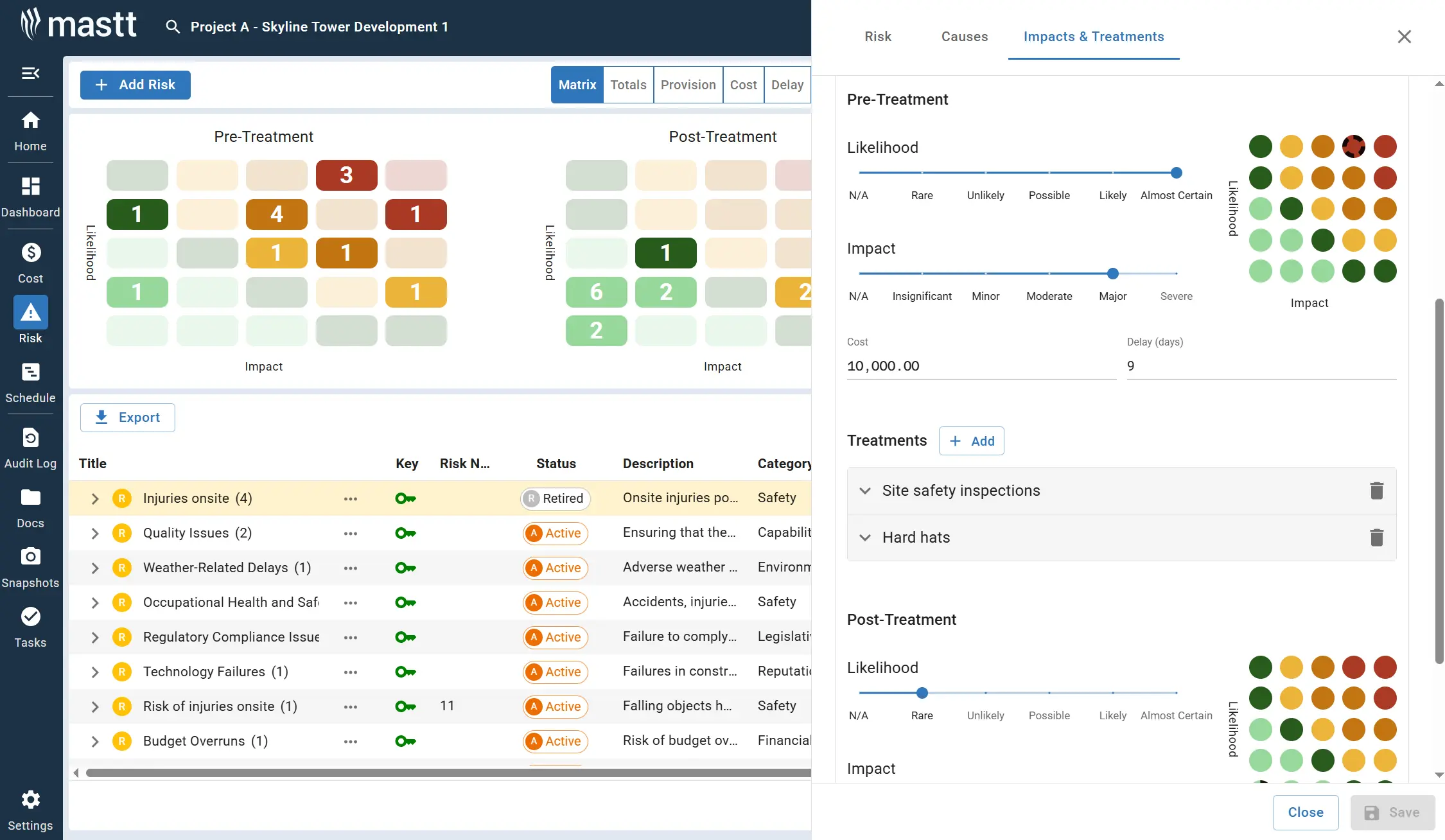

Ask questions, draft letters, and get instant guidance on your project.

No more manual data entry. Mastt AI pre-fills forms into the cost module automatically.

Chat directly with your contracts, reports, and drawings. Extract key info instantly, generate insights.

AI that scans contracts, payments and invoices. Performs all required checks for approvals.
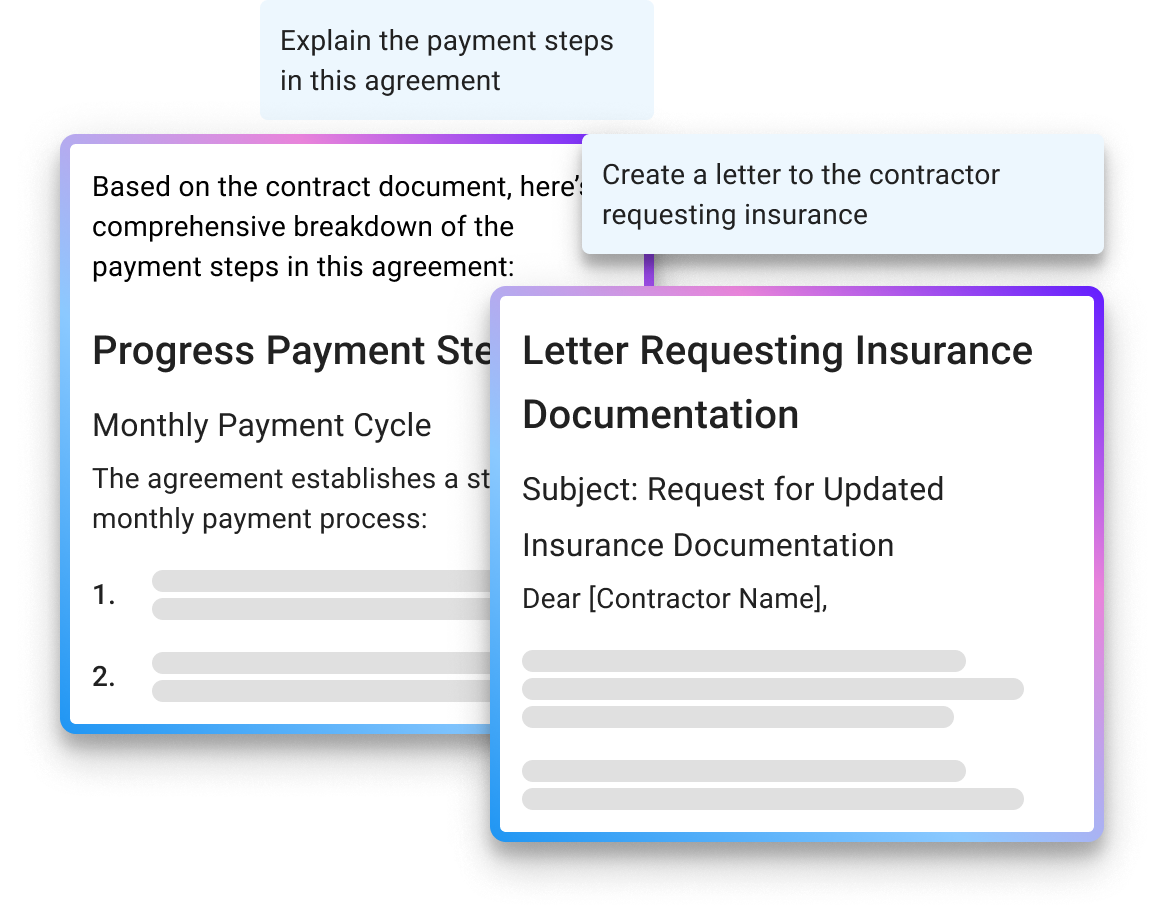
Launch faster with proven dashboard layouts designed by construction industry experts. Choose from project planning templates, portfolio dashboard configurations, and stakeholder reporting formats that have delivered success across thousands of projects.
Built for construction project management, our reporting software tracks timelines, budgets and risks in one platform. Every feature connects seamlessly to create a complete solution your team will want to use every day.
Fast & automated dashboards, reports. Charts, maps, visualizations and other components out of the box.
Learn moreAutomated program and portfolio dashboards, reports that automate data aggregation in real-time.
Learn moreSave your dashboard layout and create best practice dashboard templates for everyone to use.
Learn moreCreate amazing dashboards and reports effortlessly with Mastt's automated, ready-to-use library of visualizations.
Learn moreMonitor project health across your project portfolio with Red, Green & Amber reporting for Key Performance Indicators.
Learn moreVisualize and manage your project portfolio effectively with Mastt’s comprehensive Maps feature.
Learn moreCreate snapshots on demand for storing reports, comparing periods, healthy data & version management.
Learn moreJoin thousands of construction professionals who've transformed their lives with our platform. From small project managers to enterprise capital projects, our customers consistently deliver projects on time and under budget.
Custom reporting solutions are a huge investment and not justifiable for most clients. We wanted something that had rules in place to ensure best-practice project management but still gave us the control to customise based on the clients’ and industry nuances. Mastt allowed us to do this.

Mohammed Salameh
Compass Project Consulting
Since moving to Mastt, our reporting regime has become a lot simpler. We are able to report in real time, so there's no delay in financial data being updated. The time it takes is a lot quicker, making the fund a lot more efficient for investors.

Jacob Edwards
Australian Unity
We would encourage anyone in the project management sector to really look at this tool. We’ve had a fantastic time working with the team to deliver the best outcome for our business.

Catriona Circosta
Essence PM
Mastt is increasing the team's tempo and productivity by enabling real-time information across our portfolio of projects. This transparency helps us make informed decisions on capital expenditure, identify opportunities, and reduce risk.

Daniel Foley
Australian Army
The data analysis and production of informative, easy-to-understand infographics are excellent for client communication and briefing and also allow for efficient and effective internal stakeholder meetings at various business management levels.

Mathew Jetson
AECOM
Mastt gives us transparency, more accurate data, and more confidence. It makes my life easier.

Elke Forrest
Oakhill College
Mastt has completely transformed how we deliver projects. A key benefit is the ability for our clients to log in and see the live dashboard and see the status of the project financials, including any variations and payments that may be due.

Tom Booth
MostynCopper
One of the key features of Mastt that I enjoy is the dashboard, as it's very agile and easy to use.

Therese Jensen
Essence PM
The platform is easy to use and interesting, and it has an appealing interface that clients like to look at and engage with.

Rhys Jack
Asentia
There is so much information that it’s unbelievable. This is really, really great! I will be showing the board so they can look at using Mastt on the next project.

Elke Forrest
Oakhill College
Mastt has the power to combine multiple projects into programs or portfolios to filter data for management-level analysis and direction.

Erik Maasepp
Capital Insight
Super slick, very easy to use, and improves workflow time massively. Keep up the good stuff, Mastt!

James Murdock
RPS
Yes, you can build your own dashboards and reports simply and easily with our Dashboard & Reporting module. We alsohave a simple one click report generator that produces reports in standard formats.
Yes, simply click 'Get Started' in the top right today!
Yes, personalize your Mastt experience by adding your company's branding to the dashboards and reports.
Mastt has many columns predefined for consistency, but you can choose which ones to display. We’re certain we’ve got all the ones you need.
Tailor the data presentation in Mastt with easy-to-use in-app column adjustments and filters.
Mastt focuses on current data; however, regular data exports can help you maintain historical records.
Easily download a PDF of your dashboard right from Mastt for convenient sharing and printing.
Yes, create various dashboards or reports in Mastt to cater to different reporting needs and meetings. One project can have unlimited dashboards.
The dashboard data comes from Mastt’s Cost, Risk, Schedule & other modules, ensuring centralization and real-time insights. We also have some tiles that are updated right on the dashboard, like our images and text fields. We can also pull data from other systems, right onto your dashboard!
Yes, personalize your reporting by creating your own dashboard templates in Mastt.
Creating a dashboard in Mastt is straightforward, with intuitive tools and pre-built templates.
Head to mastt.com/pricing to see all our pricing.
Yes, after onboarding, you're in charge of inputting and updating project data in Mastt, which occurs directly within the modules.
You can export your data from Mastt in Excel, CSV, or PDF formats, whichever suits your needs.
Simply click to extract your data in your preferred format; it's quick and user-friendly.
Mastt displays 'Last Updated' timestamps to keep you informed about the freshness of your data.